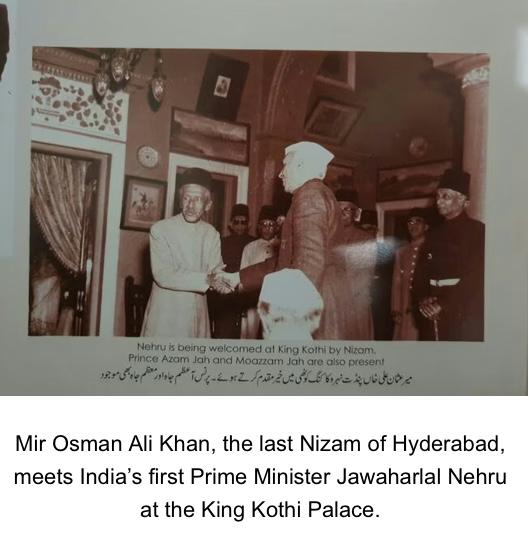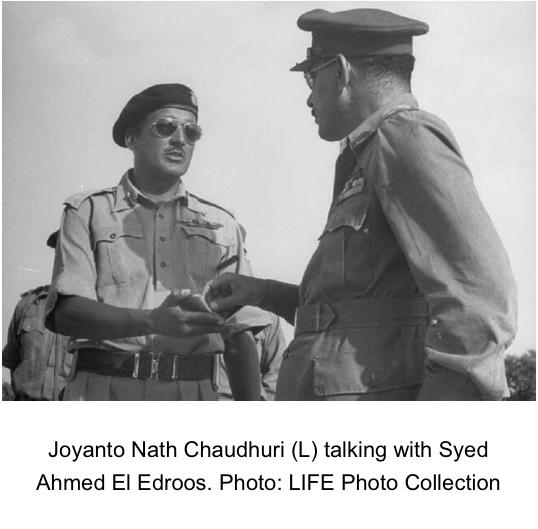

Operation Polo: The Integration of Hyderabad and Its Enduring Legacy
Seventy-eight years after Hyderabad’s accession, the dramatic events and their impact on Indian unity remain vitally relevant.
On September 17, 1948, the princely state of Hyderabad—ruled by the enigmatic and wealthy Nizam, Mir Osman Ali Khan—was formally integrated into the Union of India following a swift and decisive military action known as Operation Polo. As the nation approaches the 78th anniversary of this historic turning point in 2025, it is essential to reflect upon its causes, unfolding, consequences, and the persisting echoes in the fabric of India’s national identity.
The Precarious Post-Independence Mosaic
The India that emerged from the jaws of colonial rule in 1947 was a patchwork quilt of close to 600 princely states and British-administered territories. While most princely states opted to join either India or Pakistan through accession, a few—Hyderabad, Kashmir, and Junagadh—resisted, each for its own reasons. Hyderabad, the largest and most prosperous of these, stood out not only for its size and riches but for the Nizam’s ambition to establish it as an independent state at the heart of the new Indian nation.
Hyderabad: A State Apart
The state of Hyderabad was unique in its demography and governance. Sprawling across 82,000 square miles, with a population exceeding 16 million (85% Hindus, 10% Muslims), it functioned as a near-autonomous entity under the Nizam, complete with its own army, currency, railway, and telecommunications. Despite its Hindu majority, the state apparatus and military were dominated by the Muslim aristocracy, with Hindus systematically under-represented in administration and policing.
The Seeds of Turmoil
The period leading up to Operation Polo was marked by increasing instability within Hyderabad. The formation and rise of the Majlis-e-Ittehadul Muslimeen (MIM), and its paramilitary wing, the *Razakars*, under Qasim Razvi , created an atmosphere of fear and repression. The Razakars, intent on defending the Nizam’s supremacy and resisting integration into India, unleashed widespread violence and communal atrocities—primarily targeting Hindus and dissenting Muslims. These events fostered civil war-like conditions, prompting mass displacement and stoking anxieties far beyond Hyderabad’s borders.
The Nizam’s government, increasingly under the influence of the Razakars, not only turned a blind eye to these excesses but also pursued diplomatic options for Hyderabad’s survival as an independent entity. Appeals were made to the British Commonwealth, overtures extended to Pakistan, and an attempt made even to acquire access to the sea by buying Goa from the Portuguese. When these efforts failed, the Nizam petitioned the United Nations, amplifying the issue on the global stage.
India’s Dilemma and the Road to Action
New Delhi faced a profound quandary. The prospect of an independent Hyderabad, geographically encircled by Indian territory, posed a strategic and ethical challenge. Not only would it create a vulnerable rupture in the national fabric, but it would also set a dangerous precedent for other potential secessionist ventures. Sardar Vallabhbhai Patel, India’s Home Minister, famously described Hyderabad as “an ulcer in the heart of India which needed to be removed surgically”.
Repeated diplomatic appeals failed to rein in the Razakars or bring the Nizam to the negotiating table in good faith. The Indian government, after exhausting all channels, instituted an economic blockade before launching Operation Polo—characterized officially as a “police action”—on September 13, 1948.
The Five Days That Changed History
Indian forces led by Major General J. N. Chaudhuri entered Hyderabad early on September 13, 1948. The operation was marked by a combination of well-coordinated armoured thrusts and targeted aerial strikes that quickly dismantled the poorly organized and equipped Hyderabadi and Razakar resistance.
By September 17, the military situation was irretrievably in India’s favor. Major battles at Naldurg Fort, Latur, and the advance on Bidar and Chityal decisively broke the back of the Nizam’s forces.
With resistance collapsing, the Nizam agreed to an unconditional surrender on September 17, 1948. The Instrument of Accession was signed, and Hyderabad was incorporated into the Indian Union—ending over two centuries of Asaf Jahi rule.
Aftermath: Challenges and Costs
Following the operation, Hyderabad was placed under military governance, and efforts commenced to restore order and rehabilitate its battered society. The ramifications, however, were not only administrative. The violence accompanying the operation and its aftermath exacted a heavy toll—official estimates suggested up to 40,000 lives lost, though unofficial sources indicated higher figures. Thousands were imprisoned as the state embarked on a process of reconciliation and integration.
The Nizam, stripped of real power, was permitted to retain his title and was later made Rajpramukh (ceremonial governor) of Hyderabad State. The Razakars were swiftly disbanded, and their leaders, including Qasim Razvi, were detained or exiled.
Operation Polo’s Enduring Legacy
Operation Polo was a pivotal moment in the making of modern India. Beyond its immediate military and political significance, it set a vital precedent—demonstrating the government’s resolve to protect the unity and territorial integrity of the fledgling nation by combining diplomatic patience with decisive force when necessary.
The operation also had enduring implications for secularism and minority rights. Hyderabad, with its mixed population and fraught history of communal tensions, became a test case for India’s secular framework.
The integration underlined the necessity, yet limitations, of enforcing national unity amid diversity—a challenge that continues to inform Indian politics to this day.
The Significance of the 78th Anniversary
The forthcoming *78th anniversary on September 17, 2025* is not merely a historical milestone—it is a moment for contemporary reflection. In today’s deeply polarized times, when the legacies of partition, princely integration, and communal memories remain topics of political debate and social contestation, Operation Polo serves as both a cautionary tale and a reminder of the fragile, ongoing project of national integration.
The date is commemorated in Telangana as “Liberation Day,” highlighting the state’s release from autocratic rule and the assertion of democratic rights for its majority population.
For some, it also rekindles debates over the contours of justice, reparations, and historical memory—illustrating that the events of 1948 still reverberate across generations.
Why 17 September Still Matters
Operation Polo stands as a testament to the complexities of India’s emergence as a nation-state—its turbulent birth, its struggle with diversity, and its imperatives of unity.
As India marks the 78th anniversary of Hyderabad’s integration, the event demands not just commemoration, but sober assessment. The lessons of 1948—about the limits of negotiation, the dangers of communal polarization, and the imperatives of pluralism—continue to be relevant for policymakers, citizens, and historians alike.
In remembering September 17, 1948, India is called to both reckon with its past and strive for a future grounded in unity, justice, and shared destiny.
Hasnain Naqvi is a former member of the history faculty at St. Xavier’s College, Mumbai





